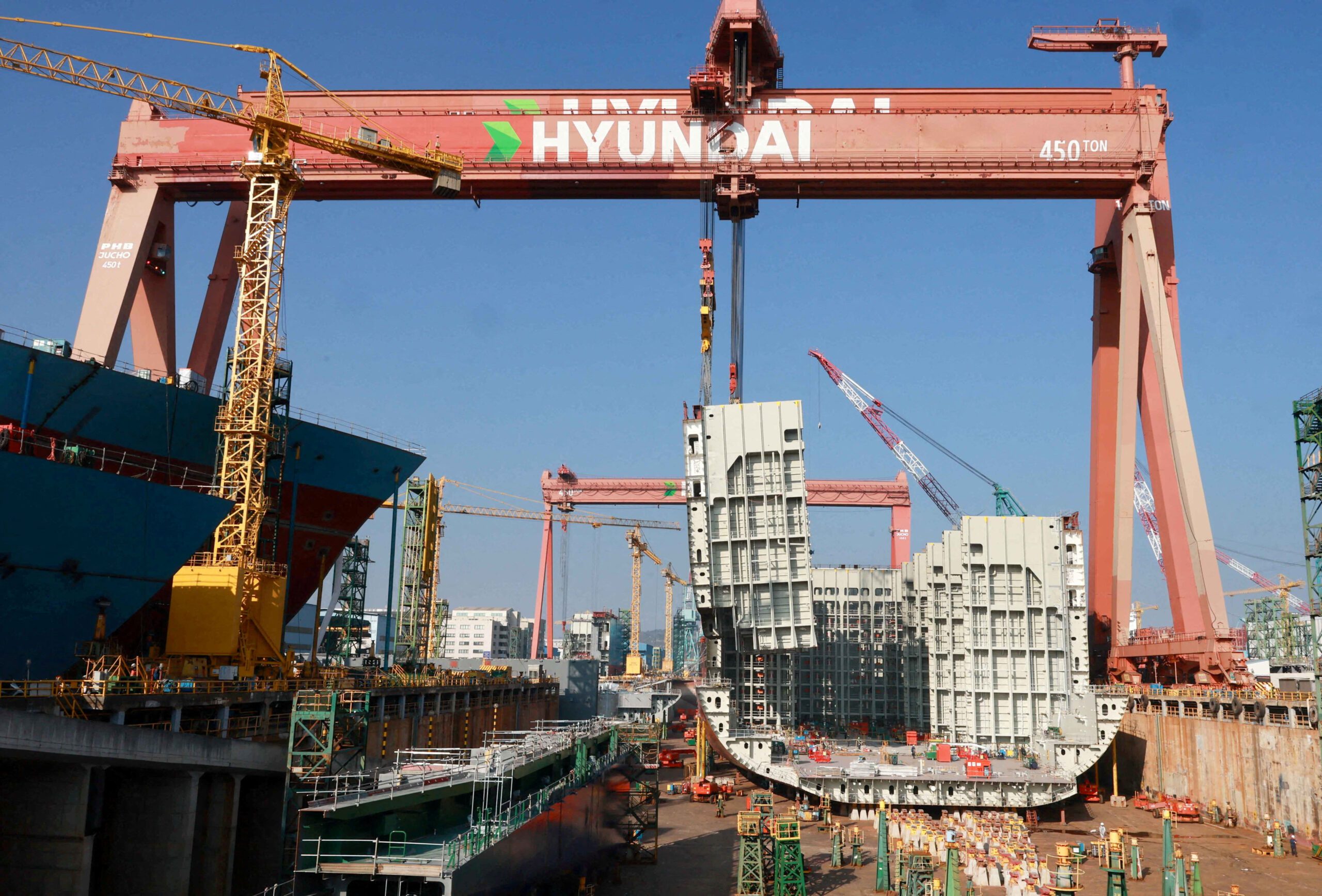By Ron Bousso
LONDON, March 31 – The Trump administration’s proposed plan to revive American shipbuilding by penalizing Chinese ships arriving at U.S. ports could end up making U.S. oil and gas less competitive and significantly disrupt the global energy market.
President Donald Trump drafted an executive order in late February that proposes imposing a fee of up to $1.5 million on Chinese-built ships entering the United States, with charges of up to $1 million on both fleets that have ordered new Chinese ships and non-Chinese vessels in fleets with Chinese ships.
Groups such as The United Steelworkers union and The Alliance for American Manufacturing (AAM) strongly support the proposal, which the latter said “will help to restore American economic security, push back against China’s unfair trade practices, and revitalize shipbuilding in America.”
Yet the reaction from the fossil fuel industry, responsible for the U.S.’s top export segment in value, was the polar opposite. And for good reason, as a hefty penalty on the entry of Chinese vessels would increase the cost of shipping U.S. fuels, making the world’s largest producer of oil and gas less competitive.
The American Petroleum Institute, which represents U.S. producers and refiners, said the proposal would “undermine President Trump’s “energy dominance” agenda,” warning it would hamper exports of oil and liquefied natural gas as well as imports of crude and refined products.
This proposal, if implemented, would leave U.S. exporters and importers with a significantly smaller pool of vessels to use, given that around one-fifth of the global tanker fleet of around 7,000 vessels is Chinese-built, according to BRS Shipbrokers. Japan and South Korea account for the vast majority of the remaining fleet.
And this challenge will only grow going forward because Chinese shipyards have been tapped to build over 60% of the world’s future tanker fleet. That is up from 57% and 53% in 2023 and 2022, respectively, according to BRS. This figure is set to increase in the coming years.
In contrast, the last time U.S. shipbuilders received an order was in 2022, with the last ship delivered in 2017. The administration may argue that this massive imbalance is precisely why they are seeking to implement these punitive measures. But rebuilding the ship construction sector would take years to scale up, and it remains an open question whether it could compete with Asian manufacturers.
ADAPTATION
If Trump makes good on this executive order, the oil market will obviously readjust, but the president might not be pleased with the result. Freight rates would certainly increase for non-Chinese vessels, leading U.S. exporters to lower the price of crude and refined product, putting pressure on their profit margins. This could ultimately lead to lower domestic U.S. production – the opposite of what the administration is calling for.
The measure would also create an inefficient three-tiered tanker market. The Chinese and non-Chinese fleets would essentially operate in separate parallel markets alongside the already flourishing “shadow fleet” shipping mostly Russian and Iranian oil to avoid U.S. and European sanctions.
So on its face, these proposed penalties make little sense. Why would the Trump administration want to take measures that could badly hamstring the country’s most important export sector? This is especially head scratching when considering the key role U.S. “energy dominance” plays in his agenda.
But if the president’s prime objective is to rebalance trade between the U.S. and China by rebuilding domestic U.S. manufacturing, he might consider any temporary pain a price worth paying.
It is also possible that this executive order is simply a negotiating tool that Trump will use to try to wring concessions out of Beijing.
But even if the latter is true, the threats are already having a negative impact on the energy industry. Some ship owners and charterers have started to avoid sending Chinese-built vessels to U.S. ports, wary that a sudden announcement by the U.S. president could leave them with hefty penalties. There are also some early signs that the proposal have already led to some increases in tanker freight rates out of the U.S. Gulf Coast.
So even if the plan is never implemented, the lingering threat against Chinese shipping is likely to create a new layer of complexity in energy markets that will leave almost no one better off.
** The opinions expressed here are those of the author, a columnist for Reuters **
(Writing by Ron Bousso; editing by David Evans)
(c) Copyright Thomson Reuters 2025.

 Join The Club
Join The Club











